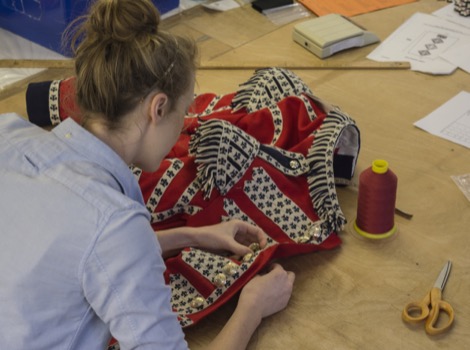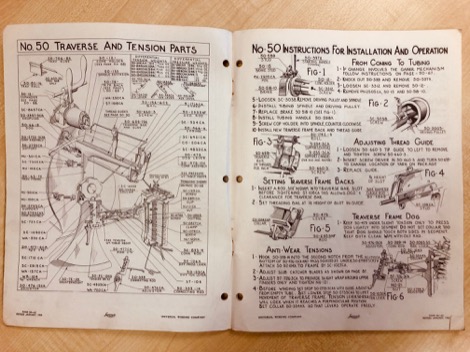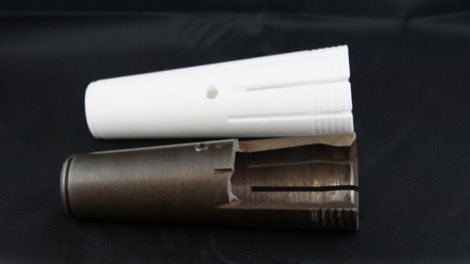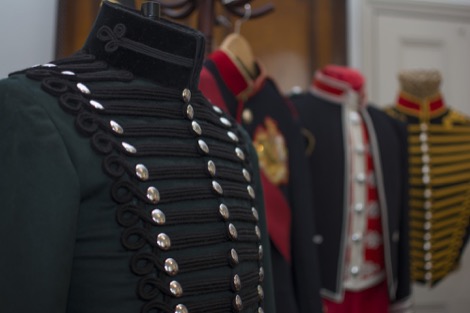
Wyedean is a manufacturer of military uniform regalia and accessories that has been supplying a vast range of products to the Armed Forces for over a century
There is a whole industry spinning up about additive manufacturing becoming a significant part of the future of manufacturing, but the state of the art at present is in some interesting places that might not immediately be obvious.
One such area is in the use of the technology to enable repairs and replacement of parts that for which no tooling or digital information exists. Across the manufacturing world, there are untold numbers of machines that are working every day, day in, day out and have been doing so for decades – if not centuries.
It can be catastrophic for companies when components fail in these machines for which spares can not be sourced, and the more niche the area of manufacturing, the more this become true.

Wyedean’s team rely on machinery that’s been around for over 7- years to help their artisan’s create these masterpieces of the paradeground
An excellent example is from the folks at 3M’s Buckley Innovation Centre (3M BIC) in Huddersfield.
Its team has been working with Wyedean, a manufacturer of military uniform regalia and accessories that has been supplying a vast range of products to the Armed Forces for over a century.
Wyedean’s trusty Leesona winder is used to wind yarn onto spools for use in other processes. One of the key components, which holds the spool in place, had broken and given that the machine was over 70 years old spare parts were difficult to come by.
Wyedean managing director Robin Wright, said: “Other than those broken parts, the winder machine is in good shape so by replacing them it will probably be good for another 70 years.
“Leesona winders are quite versatile, being able to wind many different yarn compositions. Modern day winders, albeit much faster, are not so versatile so we prefer to continue using the Leesona winders.”

The original servicing manual for the Leesona 50 winding machine
3M BIC’s in-house design team was provided with the broken, cast iron winder part, which lacked three of its ‘fingers’ intended to hold the cardboard inner roll of a thread spool securely in place on the Leesona winder.
The team scanned the broken winder part using a combination of optical, photogrammetry and x-ray computerised tomography (XCT) to build a precise 3D model.

The original, broken part, with the replacement SLS trial part
Scans were corrected by digitally ‘removing’ the broken parts and recreating the whole by mirroring the unbroken side before converting the repaired file into a 3D printable STL format.
A replacement part was SLS 3D printed in nylon polymer, to produce a lightweight part that is potentially strong enough to undertake the same function and fit as the original.
The new 3D printed winder is currently being trialled in the machine and there are plans afoot to 3D print a replacement in stainless steel and introduce other improvements if the polymer version is the correct form but does not wear well in regular use.

The replacement part in position
It looks like the folks at Wyedean are sold on the process as two more winder parts have also recently broken, and the 3M BIC design team will create replacement parts using the same process, once it has been determined whether the polymer version will suffice, or a stainless-steel version is needed.
Should stainless steel be required the design team will also look to lightweight the design to retain the essential form and function but remove unnecessary bulk, with steel being much less brittle than cast iron.
Looking at the finished results, Wright rightly concluded: “Technology is advancing at a rapid rate and established companies need to exploit them to stay in the game.”






